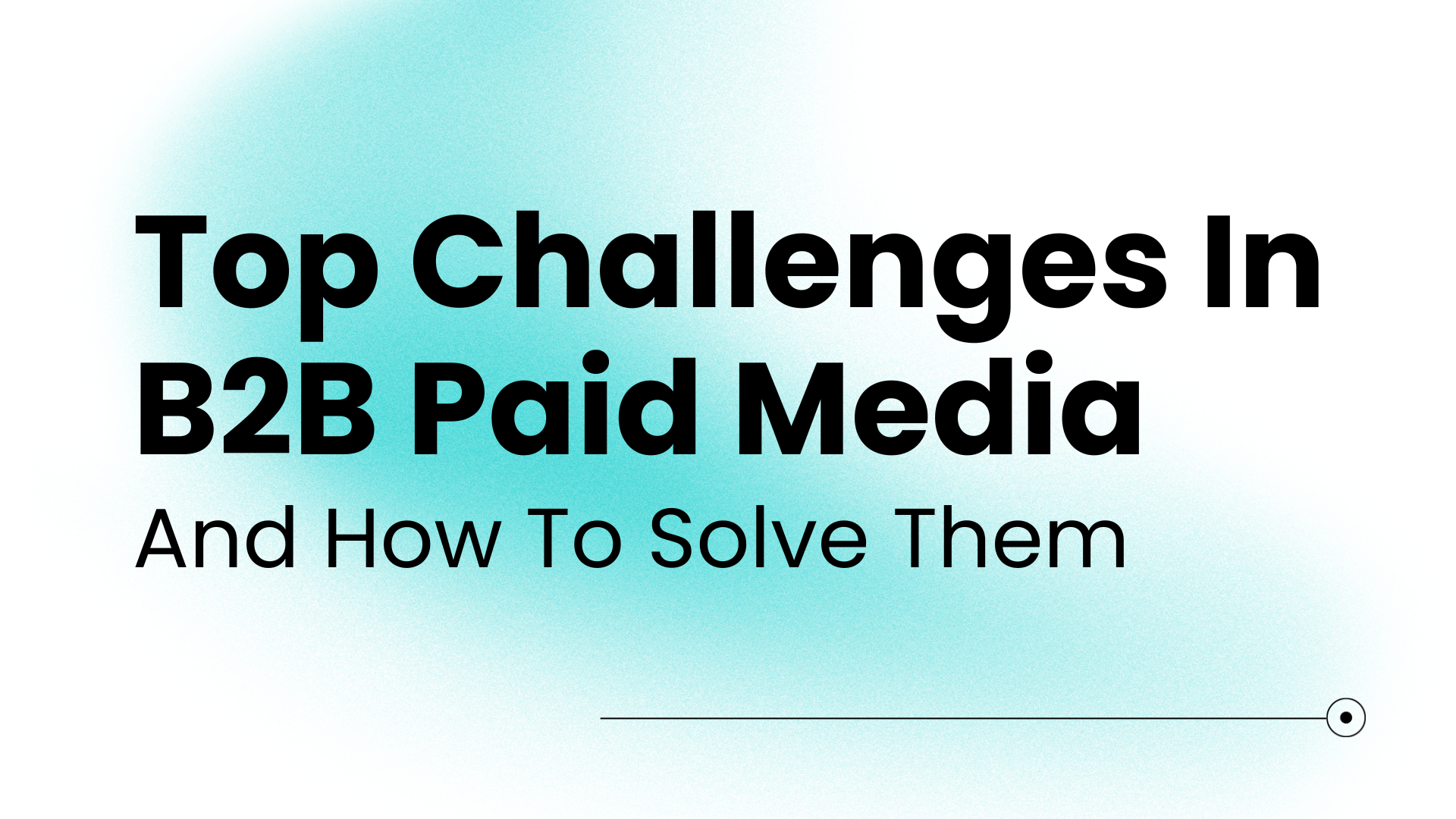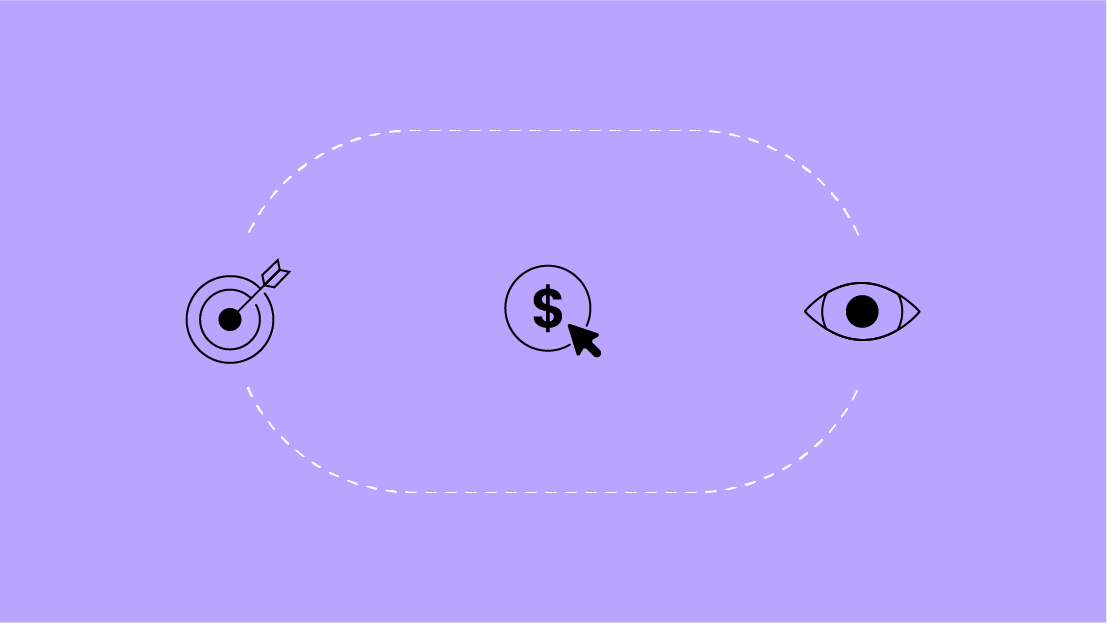When I need to drop a gift hint to my husband, I take his phone, go to the website of the gift I want, add it to my cart, and then leave the site (and close the browser window).
I let all the magic of third-party cookies do the work to show him what I looked at and subtly give him the hint while making him think he found the idea all on his own.
I may even subscribe him to their email list so he can get a promo code to use when the time comes.
Genius right?
Unfortunately, I will need to find a new method when third-party cookies go away. And so will marketers who want to understand the efficacy of their efforts.
Why are third-party cookies going away?
The removal of third-party cookies goes back to the early days of privacy concerns on websites back in 2017. GDPR and CCPA are all contributing factors to this massive change in the search/advertising landscape. For more information on this, see this article on privacy.
What will happen without third-party cookies?
Gone will be the days of easy tracking cookies and big brother watching you across the web. First-party cookies will be king and those that have them will have an obvious advantage in giving the richest possible targeting experience. Without our friend the ‘creepy’ tracking cookie, marketers/companies will have to pivot to these ideas:
- Contextual targeting
- Taller walls of walled gardens and ‘assumed’ conversions
- 2nd party cookies and Data Clean rooms
- Better CRM & Tools
What are the best alternatives to third party cookies?
Contextual targeting
In a post-third-party cookie world, Google will use Topics to contextually target users. This is essentially a cohort-based system. For example, I visit various baby retailers and buy baby and kids' toys/clothes/supplies. These contextual clues can make me a likely candidate for a cohort group of parents with small children. Contextual targeting is a 1 to many systems of grouping, so your information stays anonymous. Other platforms also have contextual groupings where you can choose the most relevant ones for your target audience.
But what happens if you still want your cake and cookies too? If contextual targeting is not something you can solely rely on, you can also leverage 2nd party cookies.
Second-party cookies
Second-party cookies are first-party cookies that a partner or publisher can share with you, hence they are not firsthand given, but second-hand, like a hand-me-down. This is typically where we think about buying lists, which in the past seemed shady. However, the 2nd party cookies of the now and future will be used to foster partnerships in the cookieless era.
One way to utilize 2nd party cookies is with the help of data clean rooms. This is expected to be a growing trend once cookies are removed, however, it can be price restrictive for many advertisers. It is most likely to be used by large corporations and publishers. A data clean room is a privacy-safe space where two entities can exchange data in a secure environment to find shared attributes, review performance, or tailor audiences. For instance, a CPG retailer may have consumer sales data and a publisher may have data on ads they have clicked. The two can marry up the data by the use of clean rooms which anonymize the personally identifiable information(PII) into usable segments. The data clean room can help enable better targeting capabilities based on attributes discovered. See the diagram below for a visual of how the data is shared.

When 3rd party cookies are removed, we would expect more large companies, like credit card vendors for example, to use these sorts of methods to hone their marketing segments. The mom & pop shops will not likely employ data clean rooms because of a few factors. First, they are fairly new, and not a lot is known about the security long-term. Second, it is expensive. This is a technology service that needs to be built or paid for, and it does not come cheap. Third, most of the information from the big partners like Google or Facebook will still live within those platforms. Data clean room use is more for CRM or Customer data platforms (CDP) and most small companies are not very advanced in this area to have vast, organized consumer data. And lastly, being a newer methodology, the protocol is not really developed on how to run these. There can be a risk of information being shared with similar businesses outside of the data clean room once a partner has seen the trends. And who is to say your chosen partner will have data overlaps? The jury isn’t out yet on the usage, data accuracy, or usefulness of data clean rooms.
The Meat & Potatoes: Develop your cookie-less strategy!
This is perhaps the most important part of your impending campaigns - you need to know what works before diving into a full marketing strategy. Third-party cookies are still around until 2024, so you have time to understand your users and what messages resonate. USE THIS TIME NOW.
Look at your CRM data or your client’s CRM lists. Don’t forget to review your 1st party data too. Which ones are your high-value users? What attributes do they share? This is how you can develop a plan of attack in a cookie-less world.
- Take the time to review your P&L. Will you be able to employ data clean rooms, or will contextual targeting have to be your method? It's good to be realistic on what approach you will have to take.
- Think about the data you have already collected. Do you have only PII or are there interest-based attributes to be found? Perhaps you have a large amount of data that is just bucketed under the ‘unknown’ classification: a prime use-case for a data clean room to find some audience cohorts within.
- Consider what segmentation you have currently been using and how it has performed. For instance, has your remarketing been your most successful marketing tactic? How will you re-engage these users in the cookie-less future? Or maybe your main concern is being able to bring in new users that are similar to your current audience, which means you need to know what your audience traits are or just allow the lookalikes to live within the walls of Facebook or Google. These walled gardens are not getting any easier to scale and in this landscape, their walls may actually be taller since we cannot track web cookies across sites. For more on Facebook tracking specifically, read this article on Facebook Conversion API (CAPI).
Thinking through all your audience ‘haves’ and ‘have-nots’ will help you deliver a full-funnel plan of attack. And remember, you should be testing and constantly learning!Don’t expect to get it right the first time. Depending on how long it takes a user to take an action on your site, you may need to stretch out the contacts and refine the messaging as you go.
Putting it all together
Now that you have considered what information you have and what you will need access to, it is time to create your consumer journey and think about the touchpoints.

This is where you need to tailor the messaging to the stage your users are in as you engage them multiple times along the way. For instance, what is your awareness tactic to get them to know you?
This is a great place for a branding message showcasing your UVP, (think display/video tactics). You can use contextual targeting to get the right users to your site. Then once you have them familiar with you, how are you re-engaging them? Maybe you’re using emails or sequential messaging display campaigns.
Lastly, to get them over just consideration and to take an action, what signals are you using to serve the right message? This is a great time to let your website do the talking. From assessing your data, you should know what items or pages they visited (your first-party data). If they had added items to their cart, you already have someone looking to buy, give them an offer to move it along; create a sense of urgency with a free shipping window countdown on the site. And once they purchase, it doesn't stop there. Once an action is taken, you want some form of loyalty/retention marketing to keep promoters on your side. The funnel is no longer linear, so the user may come to your site from a variety of places and, in the future, following that journey will be more difficult (it’s the prime time to ensure your GA4 tag is up to snuff.
[TIP] See How To Set up GA4
In Summary, decide how you will navigate the waters once browser cookies (those third-party cookies) are gone.
- Are you okay going back to using contextual targeting or using Google Topics to target users?
- Is your Google tag ironclad to get your 1st party data sorted in Google?
- Is there more first-party data you can get?! Ask users to sign-up for email, SMS or newsletters. First-party is not going away and now it is more valuable than ever. Use it and consider creating lookalikes.
- You may be able to parse more information out using a data clean room arrangement.
- Ensure your messaging is tailored to the correct groups of people in their respective conversion paths.
And in the meantime, if you have a birthday coming up, use my ‘hint’ strategy to see marketing at its finest (while it still works).
Your Questions About Third-Party Cookies, Answered
What is the replacement for third party cookies?
There is no direct replacement for browser cookies, but we will still have other methods to market to these users. There are:
- Using First Party data to target
- Partnering with publishers and CDPs to use data clean rooms and 2nd party cookies
- Contextual Targeting
- Persistent IDs via certain partners with capabilities
What technology will replace cookies?
We will still have cookies, but third-party cookies will no longer track users across the web. Instead, marketers will have to really hone their CRM data and audience targeting to create messages that are meaningful to each group. Using the methods above, segmentation can be smarter and more impactful.
Why is Google removing 3rd party cookies?
Many browsers and companies have stopped using 3rd party trackers due to privacy concerns. Users are more concerned with who gets their data without explicit consent. Removing browser cookies will remove the ability to know what sites a user went to without consent. This is in order to keep data private.
When will third-party cookies disappear?
Third-party cookies have been gone or limited from other browsers already. This last change by Google will be effective by the end of 2024 when Chrome removes third-party tracking.
Want more posts like this? Subscribe to the Seer Newsletter:



